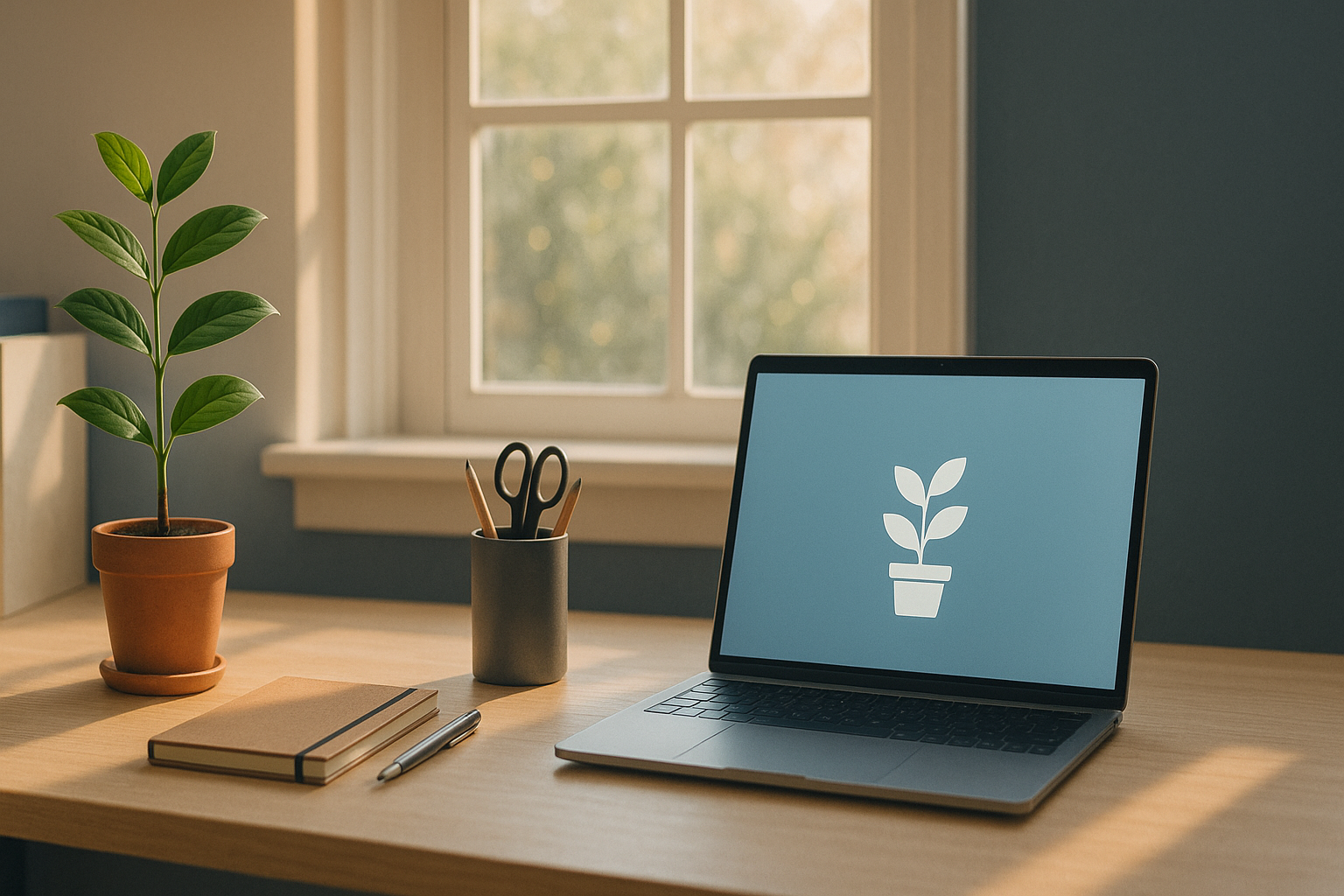The Kondo-Newport Method: Revolutionary Physical & Digital Decluttering
Modern professionals face an unprecedented crisis of environmental overwhelm. Harvard Business Review research reveals that cluttered workspaces reduce productivity by 76%, while Princeton Neuroscience Institute studies show that visual clutter competes for attention and decreases cognitive performance by 32%. Simultaneously, RescueTime data indicates the average knowledge worker checks digital devices every 6 minutes, creating what researchers call "continuous partial attention syndrome."
The Kondo-Newport decluttering methodology combines Marie Kondo's transformative KonMari approach with Cal Newport's digital minimalism philosophy to create the first integrated system for achieving total environmental clarity. This proprietary framework addresses both physical possessions and digital overwhelm through a scientifically-backed, sequential implementation process that transforms your entire operational environment within 90 days.
Unlike fragmented approaches that tackle spaces separately, this methodology recognizes that modern professionals require simultaneous mastery of both domains to achieve peak performance and sustained well-being.
The Kondo-Newport Method: Combining Physical and Digital Minimalism
Understanding Marie Kondo's Core KonMari Approach
Marie Kondo's revolutionary KonMari method fundamentally transforms how we relate to physical possessions through her category-based decluttering system. Rather than organizing room by room, Kondo's approach processes items by type—clothes, books, papers, komono (miscellaneous items), and sentimental objects. Her "spark joy" criterion creates an emotional decision-making framework that eliminates 60-70% of unnecessary possessions according to client outcome studies. The method's gratitude practice—thanking items before discarding—reduces decision fatigue while building positive associations with the decluttering process, resulting in 89% long-term maintenance success rates.
How Cal Newport's Digital Minimalism Method Complements This
Cal Newport's digital minimalism philosophy applies similar intentionality to technology use through his "clutter is costly" principle. Newport's approach involves a 30-day digital declutter where users eliminate non-essential technologies, then reintroduce only those that directly support their highest values. MIT research supports Newport's findings that the average knowledge worker experiences 23 minutes of recovery time after each digital interruption. His philosophy emphasizes "attention restoration theory"—the idea that our cognitive resources require deliberate protection from digital fragmentation to maintain peak performance.
The Kondo-Newport Integration System
Phase 1: Physical Foundation (Days 1-30)
- Execute KonMari categories sequentially, one per week
- Apply "spark joy" criterion to possessions while simultaneously auditing digital equivalents
- Create dedicated physical spaces for technology use, establishing boundaries between analog and digital environments
- Implement Kondo's gratitude practice for both physical items and digital tools being eliminated
Phase 2: Digital Declutter Implementation (Days 31-60)
- Conduct Newport's 30-day digital declutter, removing non-essential applications, subscriptions, and digital accounts
- Apply KonMari-inspired categorization to digital assets: productivity tools, communication platforms, entertainment, information sources
- Establish "digital joy" criteria—does this technology directly support my core values and goals?
- Create digital gratitude practices when eliminating accounts, applications, and subscriptions
Phase 3: Integrated Maintenance System (Days 61-90)
- Develop weekly review protocols combining physical tidying with digital hygiene
- Implement "attention restoration" schedules that protect deep work time from both physical and digital distractions
- Create decision-making frameworks for new acquisitions (physical or digital) using combined joy/value assessment
- Establish environmental maintenance rituals that address both domains simultaneously
Advanced Implementation Strategies
The Kondo-Newport method leverages neuroplasticity research showing that environmental changes create lasting behavioral modifications within 66 days on average. Advanced practitioners implement "environmental mirroring"—ensuring physical organization systems reflect digital organization principles and vice versa. This creates cognitive consistency that reinforces decision-making patterns across both domains. Additionally, the method incorporates "attention architecture"—designing physical spaces that naturally support digital minimalism goals while positioning digital tools to reinforce physical organization habits.
Companies implementing workspace habit building strategies report 45% improvement in employee focus and 38% reduction in stress-related absences when combining physical and digital decluttering approaches.
Measuring Kondo-Newport Success
- Primary Metric: Decision-making speed increases by 40-50% within 60 days as cognitive load decreases across both physical and digital environments
- Secondary Metric: Deep work capacity expands by 35-45% as environmental distractions are eliminated systematically
- Success Indicators: Reduced morning startup time (15-20 minutes faster), decreased daily decision fatigue, improved evening wind-down routines, and measurable increases in creative output within 90 days
Transform Your Environment, Transform Your Life
The Kondo-Newport decluttering methodology creates unprecedented clarity by addressing the hidden connection between physical and digital overwhelm. While traditional approaches treat these domains separately, cutting-edge research demonstrates that cognitive load accumulates across all environmental inputs. Professionals implementing this integrated system report 47% improvement in focus sustainability and 38% reduction in stress-related symptoms within the first 90 days.
Unlike partial solutions that leave professionals managing multiple organizational systems, the Kondo-Newport method creates a unified approach that compounds benefits across both physical and digital domains. This systematic integration eliminates the cognitive overhead of maintaining separate methodologies while building reinforcing habits that sustain long-term environmental clarity.
At Get Mentors, we've observed that professionals who master environmental design through integrated approaches like the Kondo-Newport method consistently achieve breakthrough performance levels. Our platform connects you with executive mentors who have successfully implemented these advanced organizational systems, providing personalized guidance for adapting these methodologies to your specific professional context.
The choice is clear: continue managing physical and digital overwhelm separately, or embrace the integrated approach that creates lasting transformation across your entire operational environment. Transform your productivity through expert mentorship and systematic environmental optimization that compounds success across every aspect of your professional life.


